Today, I am thinking of aspen trees.
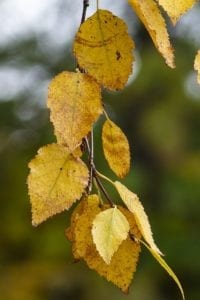 Aspens, with their lovely golden fall foliage and leaves that flutter like hummingbirds’ heartbeats, are nothing if not beautiful. Tender, fragile-looking trees, and yet fragility is the farthest thing from what they really are.
Aspens, with their lovely golden fall foliage and leaves that flutter like hummingbirds’ heartbeats, are nothing if not beautiful. Tender, fragile-looking trees, and yet fragility is the farthest thing from what they really are.
Aspens also make a beautiful illustration of the two theological, most fundamental Principles in Unitarian Universalism.
Why?
Because they appear to be individual trees: They may be injured, cut down, they have bark and leaves and roots. And yet, and yet… Stands of aspen are held together and grow out of an inexhaustible underground clonal colony. A clonal colony is sort of like what gives rise to some kinds of mushrooms: It is a vast web of root runners that connects each tree—each individual manifestation of the whole—with all the others.
Not only is that super cool—and boy howdy, is it!—but there’s more to it even than that great underground connection.
I learned as a child that the bristlecone pine was the eldest tree on Earth, and perhaps the eldest living thing. And that is sort of true. But the aspen has a leg up—or root down, shall we say—on the bristlecone.
Why?
The Longest Life Sustained Underground
Because the clonal colonies of the aspen may live for tens of thousands of years. Check that, friends! Tens of thousands. Longer, maybe, than any other living thing on Earth.
There is one stand in Utah, the eldest, that is estimated to be eighty thousand years old. Eighty thousand. And some scientists reckon that it could be closer to a million years old. It is difficult to tell. But let us take the conservative estimate, shall we, and remain in awe!
Stands of aspen are helped by wildfires, in that the older trees burn down and then the clonal 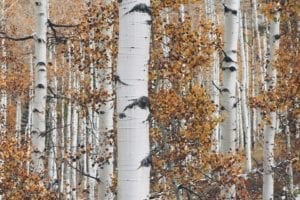 colony, untouched by the fires, puts out new seedlings, renewing the forest.
colony, untouched by the fires, puts out new seedlings, renewing the forest.
They are individual trees, and they are absolutely inseparable from the community that produces them. For aspens, “I am because we are,” is no kind of simple metaphorical platitude. It is manifestly true. As it is for us, though our culture tries to beat the knowledge, the embodied understanding from us.
What are our underground colonies? The connections that hold us in being and that restore our growth when all seems to have been burned to ash?
A Colony of Love
For more part, I think of my family—particularly my family of origin—and my friends. There are so many more factors—race and class come immediately to mind—but at the moment, I am thinking of the safety net of love.
I have what may gently be called significant mental illness. It is beautifully managed through a team of people from professional helpers (several of whom we’ve been able to pay because we have good insurance) to my loving wife to dear friends. And then there is my own vigilance and commitment to recovery.
I grew up with a very intact family. Not a perfect family, by any means (who has one of those?!), but one held together with love and resilience. My parents did their best to keep me safe and alive through some terrible times. Even when they didn’t fully understand how severe my illness was, they did their best.
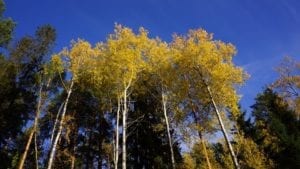 And having a network of love, a network of people and history and resilience, has kept me alive. So many times, so many times, it has seemed my life has burned to the ground. And yet the colony of love and my own resilience—born of that colony—have put up new seedlings, grown a new stand of flourishing life.
And having a network of love, a network of people and history and resilience, has kept me alive. So many times, so many times, it has seemed my life has burned to the ground. And yet the colony of love and my own resilience—born of that colony—have put up new seedlings, grown a new stand of flourishing life.
Today’s Gratitude
Today, I am grateful. Grateful for life that is both individual and collective. For love of “the interdependent web of existence of which we are all a part.” And for love of the “inherent worth and dignity of every person.” I am alive because of the ways the people in my life have embodied or upheld these principles, whether they’ve known it or not. There are other ways I have been sustained, all unearned, but today I am grateful for my family, my friends, my helpers, and for the thousands of gifts I receive every day. Blessed be.


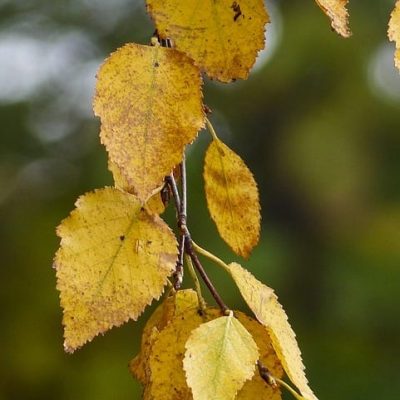
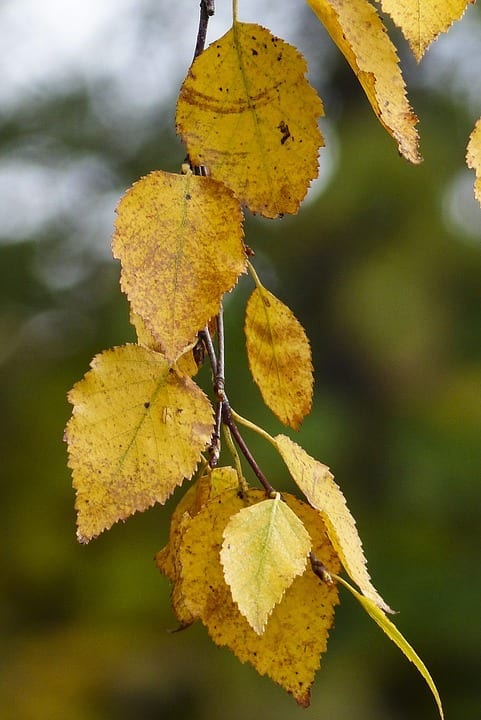
3 Responses
Catherine, this is a beautiful and very inspiring post. I thank you for teaching me about the aspens, which made me think, of course, about my go-to redwood trees.
What I love about them (well I love everything about them) but this: Redwoods grow in small circles. They have very shallow root systems so they lean on each other for support.
There’s a world of wisdom right there in that statement. Hope you get to hug an old-growth redwood soon. And I hope to get among the aspens again — it’s been too long.
Blessings!
Sue, what a gift! Thank you so much. My father grew up in the Bay Area and always spoke so lovingly about the Redwood Forest. His high school was even called “Sequoia.”
I need to get there, to feel them, to honor them, to commune with them. Thank you again!
Catharine, what a moving post this is. The aspens are so beautiful, and the age of their underground system is awesome, as if the way they live and grow as a colony. I love the way you gently apply the metaphor to your own life, and that of others. Thank you, I learned a lot from this post.